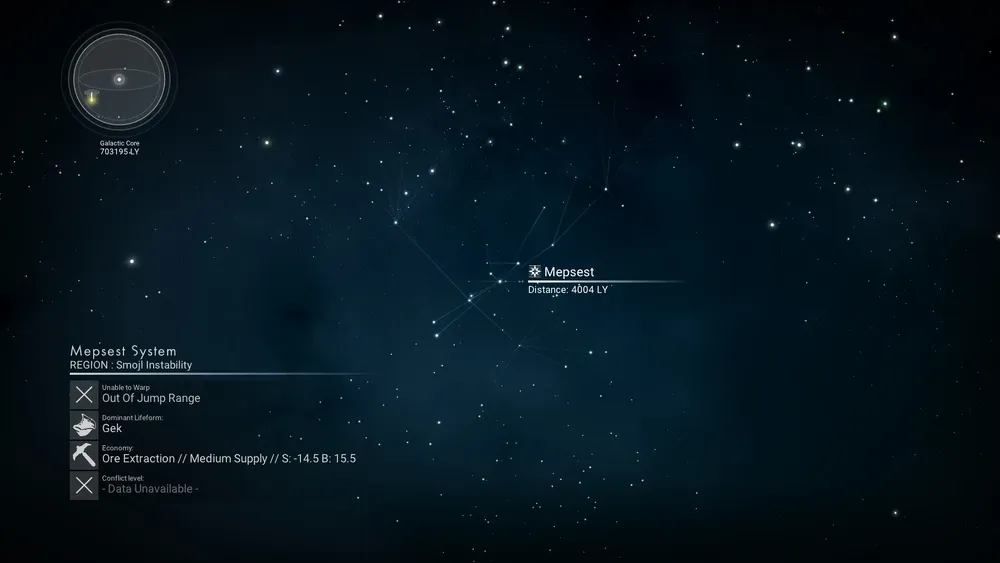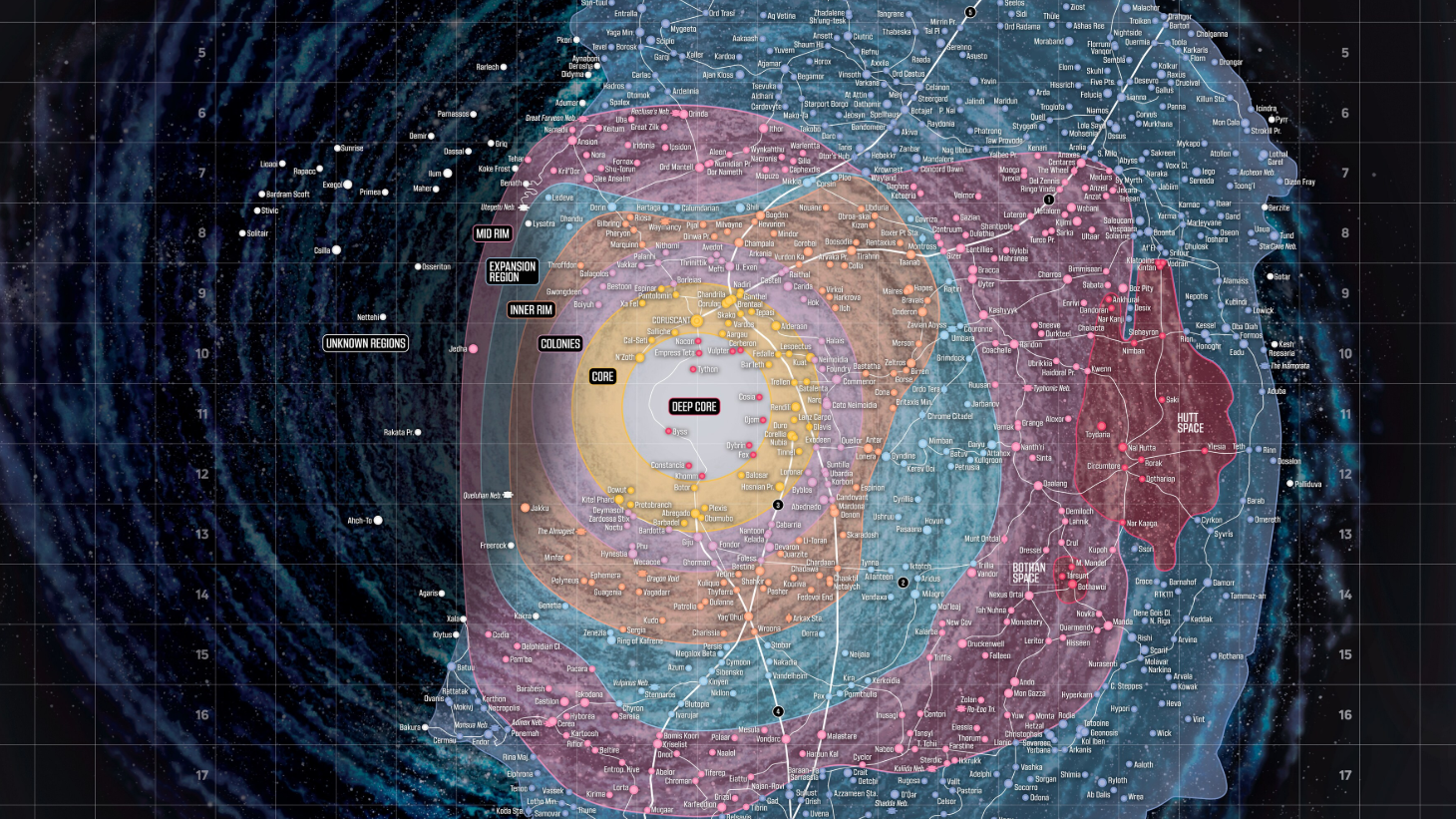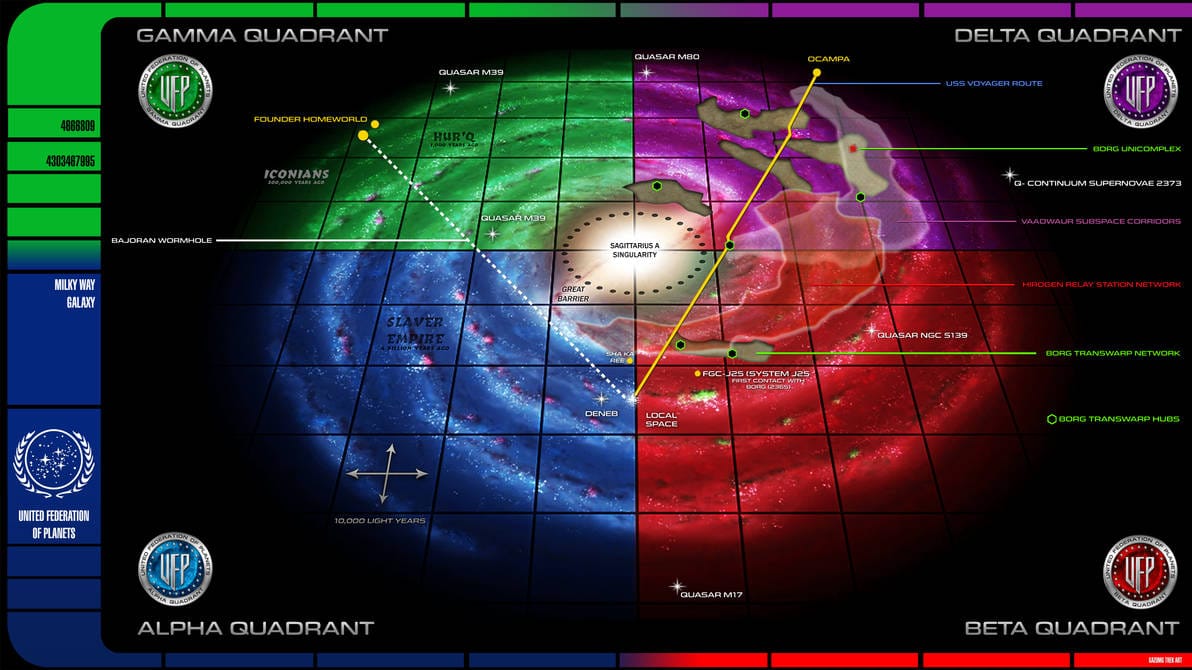Maps of the Galaxy in Sci-Fi Games and TV: Visuals, realism, and narrative roles
Galactic maps are a staple of science fiction, helping audiences and players visualize sprawling universes. From interactive star charts in video games to on-screen maps in TV series, these representations must balance aesthetics, scientific plausibility, and storytelling needs. This article examines how various franchises – including Star Wars, Star Trek, Mass Effect, No Man’s Sky, The Expanse, Halo, and Stellaris – portray maps of the galaxy. We’ll explore three key dimensions: visual design, realism vs. scientific accuracy, and narrative function. Along the way, we’ll draw insights from official sources, developer commentary, and fan analyses, to inform how future projects (like Wardrome game) might craft their own galactic maps.
Visual Design: Styles and UI of Galactic Cartography

The visual styles of galactic maps range from minimalist schematics to rich, 3D starfields. A major design choice is 2D vs. 3D representation. Many strategy and RPG games opt for a 2D planar map for clarity – for example, Stellaris generates galaxies in spiral, elliptical, or ring shapes on a flat plane. Players see the galaxy top-down, with star systems as points connected by hyperlane routes. This planar approach, often with abstract icons and color-coded routes, makes navigation manageable even with hundreds of star systems on screen.
By contrast, more immersive titles like No Man’s Sky present the galaxy in 3D – the Galactic Map in NMS is an enormous interface showing countless stars in a volumetric view.

This 3D free-fly map can awe the player with a sense of scale, but it comes at a cost to usability. The interface can feel "clunky" for pinpointing specific destinations, especially as one’s objectives become more concrete in late game.
Color schemes and visual cues play a crucial role in map design. Many sci-fi maps adopt a holographic look with neon glows and high contrast for readability. The Mass Effect galaxy map, for instance, is rendered as a blue-orange hologram aboard the Normandy’s CIC, evoking advanced technology.

Color is also used functionally: No Man’s Sky allows the player to filter star systems by properties, tinting stars accordingly based on faction, economy, or conflict level.
In Stellaris, the galaxy map uses iconography and overlays: empire borders are shaded with each faction’s color, star icons change if they have special resources, and nebulas are drawn as colored clouds on the map. Notably, Stellaris includes an on/off toggle for hyperlane display, since those routes are critical for navigation.
Some franchises base their map imagery on real astronomy. Halo’s artists, for example, depicted the Milky Way as a barred spiral galaxy using NASA star catalog data.

In contrast, Star Wars maps are more illustrative, showing regions like the Core Worlds, Mid Rim, and Outer Rim in a flat projection for easy reference.

User navigation aids are critical. Mass Effect uses a layered approach (galaxy > cluster > star system > planet) and automates pathfinding via the Mass Relay network. No Man’s Sky relies more on visual scanning and free exploration. Each approach reflects the franchise’s tone: guided strategy versus untethered discovery.
Realism and Scientific Accuracy: Stars, Structures, and FTL Constraints
Science fiction frequently walks a line between astronomical accuracy and creative license. Galactic maps reveal where each franchise falls on that spectrum.
Realistic structures are common in Star Trek and Halo. Star Trek divides the galaxy into quadrants and uses many real stars; Halo places humanity in the Orion Arm and references spiral arms in lore and visuals. The Expanse is lauded for its solar system realism, depicting orbital paths, travel time, and gravity effects.
Star Wars prioritizes narrative convenience over physics. Its galaxy is fictional but mimics Earth-like structure. Hyperspace travel times are plot-driven, and galaxy size fluctuates in different sources. However, it retains logical trade routes and known regions (e.g. Core, Outer Rim, Unknown Regions) that support storytelling.
FTL mechanics directly impact map logic. In The Expanse, there's no FTL for most of the series, and travel obeys Newtonian physics. When the Ring Network opens, it acts as a map of gateways rather than physical locations. Mass Effect's Mass Relay system compresses the galaxy into a network of connected nodes. Fuel constraints in ME2 add a light touch of realism.
No Man’s Sky blends procedural generation with real astrophysics. It includes spectral star classes, black holes, and planetary orbits. Despite its massive scale, its galactic map only renders the local stars, grounding the player in a believable slice of the cosmos.
Special locations like black holes, nebulas, and galactic barriers are used for both realism and flavor. Stellaris marks these phenomena with icons and gameplay effects, while Star Trek and Star Wars often introduce fictional hazards that mirror real astrophysical features.
Narrative Function: Maps as Storytelling and Gameplay Tools

Galactic maps are storytelling devices. They visualize faction borders, track wars, guide exploration, and reinforce worldbuilding.
In Star Trek, maps illustrate contested zones like the Neutral Zone or the Gamma Quadrant. The Dominion War arc in Deep Space Nine used maps to track frontlines. In Star Wars, although maps rarely appear on screen, the concept of sectors and hyper-routes is baked into dialogue and lore. Animated series and novels include maps that show Republic and Separatist territories or Yuuzhan Vong invasion paths.
Strategy games like Stellaris use dynamic maps to reflect real-time shifts in territory and influence. Empire growth, diplomacy, and conflict are all visualized directly on the map, turning gameplay into an emergent story.
In RPGs like Mass Effect, the galaxy map is a mission interface. Story progress is tied to unlocking new regions. The map evolves: ME3 adds Reaper-controlled zones, limiting safe travel and emphasizing galactic war. No Man’s Sky's map reflects a personal journey—the road to the galactic core or the path of the Atlas.
Maps also convey scale and stakes. The Expanse uses the solar system map to make each destination matter. When 1300 new worlds open, the lack of specific mapping emphasizes the overwhelming nature of expansion. Star Wars and Halo use maps to highlight the power or spread of civilizations and installations like the Halo rings.
They are also used as transitions: briefings in Star Trek, war rooms in The Clone Wars, or the Normandy's bridge in Mass Effect. These scenes make the map a narrative touchstone, not just a utility.
Finally, well-designed maps support immersion and lore. The Star Wars Essential Atlas catalogs thousands of systems, reinforcing galactic history. Stellaris generates names and events that imply backstory. Halo's maps of Forerunner structures tie transmedia storytelling together.
Galactic maps are more than just UI elements or background visuals. They are central to how science fiction conveys distance, discovery, danger, and design. For developers of sci-fi games like Wardrome, studying the visual styles, realism, and narrative functions of these maps offers a playbook for building immersive star charts that support exploration and storytelling.
A great galactic map is a navigational tool, a worldbuilding artifact, and a storytelling engine—a canvas for epic tales among the stars.
In Wardrome, i am developing a fully 3D procedural galaxy map designed to immerse players in a living, dynamic universe. Unlike traditional flat or pre-defined layouts, our system generates star systems, sectors, and galactic structures algorithmically, allowing for organic exploration and strategic depth. Players will navigate through a volumetric starfield, uncovering new regions shaped by emergent political, economic, and military developments—making each playthrough unique and rooted in a consistent spatial reality.




